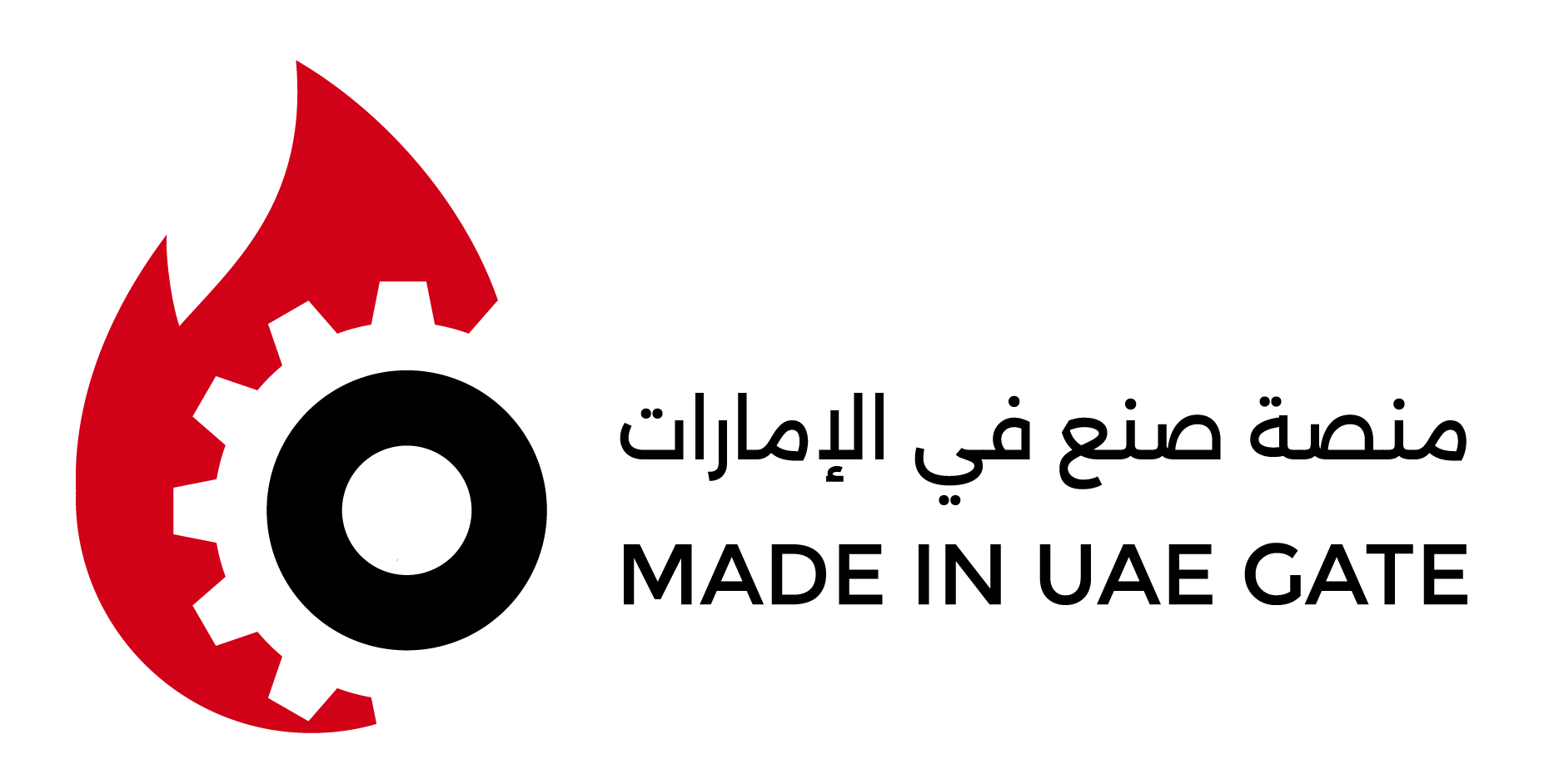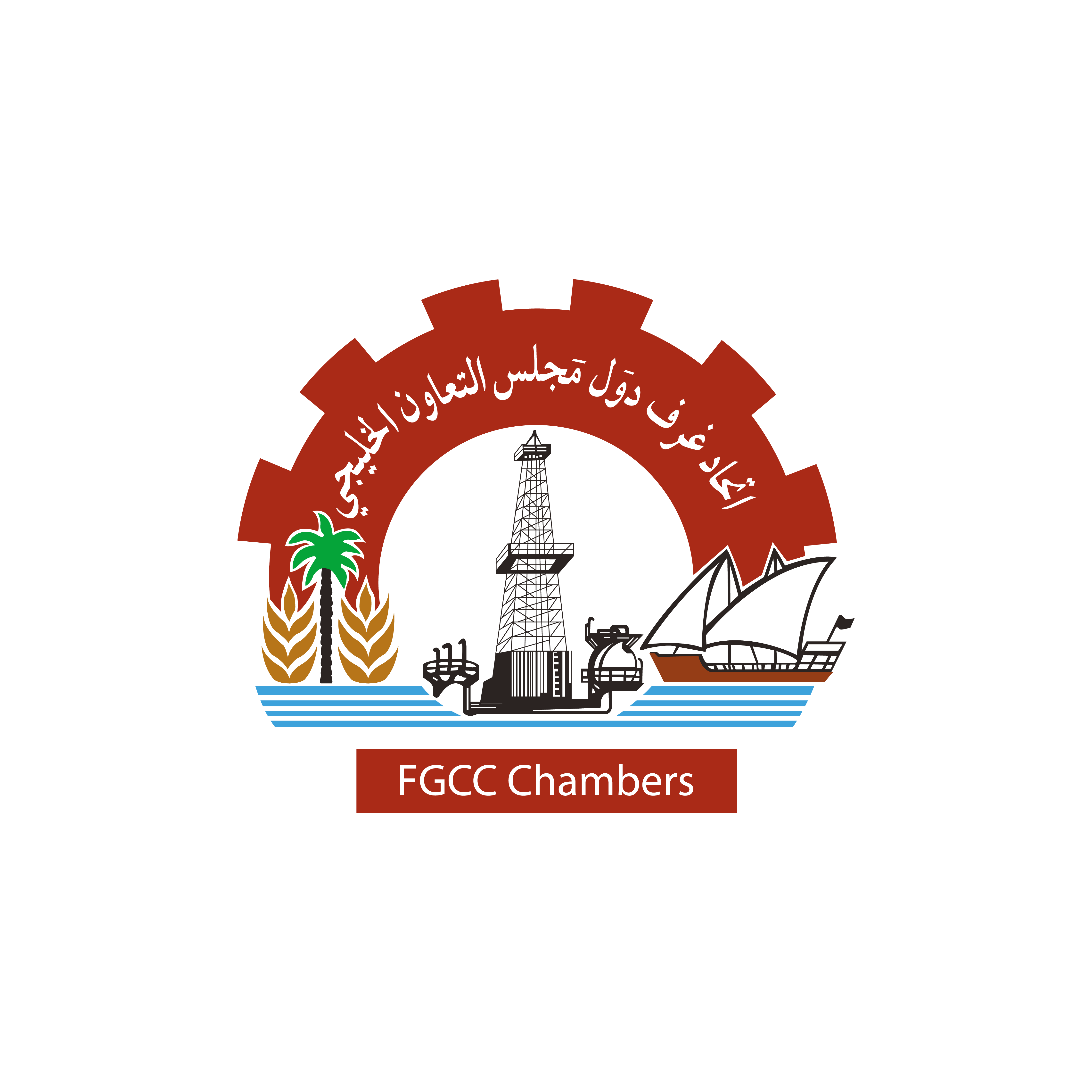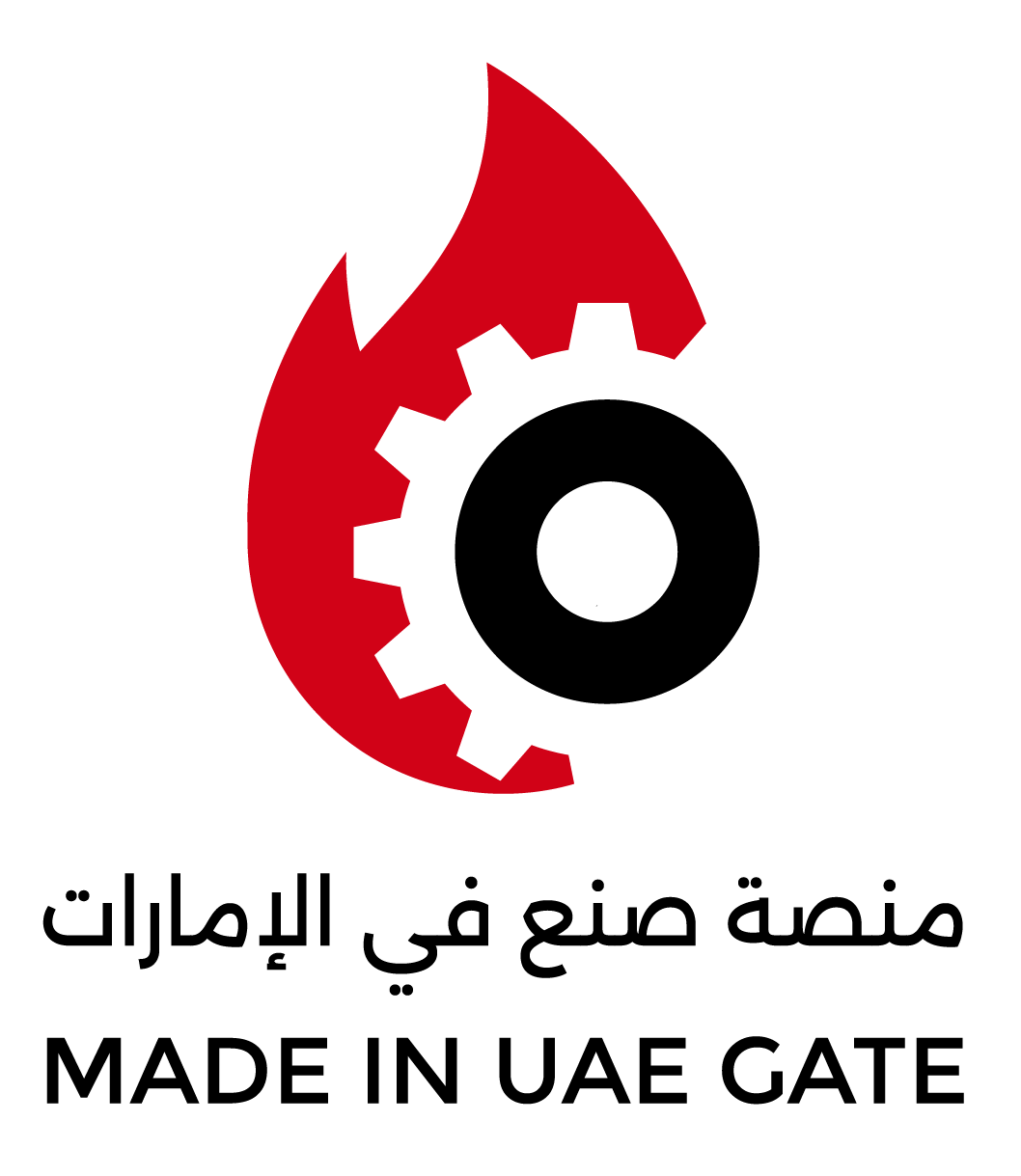Controlled Pressure Drilling: Enhancing Wellbore Precision for Challenging Reservoirs
In 2013, Al Masaood Energy embarked on a strategic initiative to diversify its services by venturing into Controlled Pressure Drilling (CPD). This advanced drilling technique is designed to offer precise control over wellbore pressures, which is crucial in mature fields with depleted reservoirs and narrow pressure windows. By adopting CPD, Al Masaood Energy has positioned itself at the forefront of the drilling industry, providing solutions that address the unique challenges of complex drilling environments.
CPD encompasses three major techniques: Air Drilling (AD), Managed Pressure Drilling (MPD), and Underbalanced Drilling (UBD). Each of these techniques is tailored to specific drilling conditions, allowing operators to maintain stability and control during drilling operations. This adaptability makes Controlled Pressure Drilling particularly valuable in environments where conventional drilling methods may not be effective due to pressure-related challenges.
Air Drilling (AD) is utilized in formations where the use of drilling fluids is minimized or eliminated, reducing the hydrostatic pressure in the wellbore. Managed Pressure Drilling (MPD) is a dynamic process that allows for the precise control of annular pressure, enabling operators to drill in tight pressure margins. Underbalanced Drilling (UBD) is employed when the formation pressure is intentionally kept higher than the wellbore pressure, minimizing the risk of formation damage and enhancing the recovery of hydrocarbons.
The adoption of Controlled Pressure Drilling by Al Masaood Energy demonstrates a commitment to innovation and excellence in the energy sector. By offering this advanced drilling solution, the company ensures that its clients can overcome the challenges of drilling in complex reservoirs, ultimately leading to safer and more efficient operations.
Controlled Pressure Drilling not only improves the accuracy and safety of drilling operations but also extends the productive life of mature fields, making it a vital tool in the industry’s ongoing efforts to maximize resource recovery and operational efficiency.







